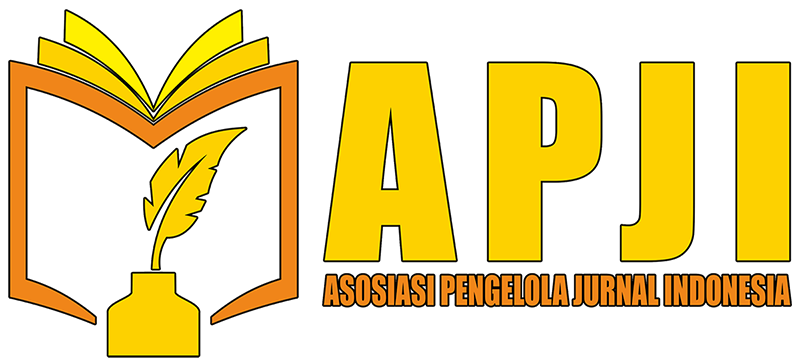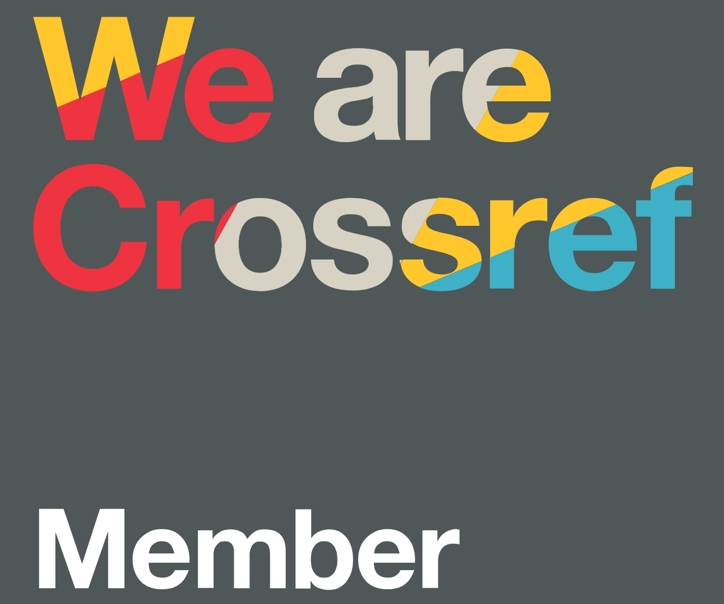Fairclough’s Three Dimensions Critical Discourse Analysis of Malcolm X’s Speech at Oxford Union Debate
Main Article Content
Diandra Parta Wisnu Dewangga
Suhartawan Budianto
Kusuma Wijaya
In discourse, speech is not only considered as a linguistic phenomenon but also as a means to maintain or change power relations in society. One of the clearest examples of the use of speech in discourse to change social change occurred in The Black Civil Rights Movement from 1955 to 1968 in the United States. Based on the interest in studying Malcolm X's speech further, the thesis writer decided to analyze Malcolm X's speech at the Oxford Union Debate using Fairclough's Critical Discourse Analysis framework with a qualitative method that will focus on linguistic issues as part of social and humanitarian issues. The results of this study showed deconstruction result of Malcolm X's speech text by analyzing various linguistic features from the dimensions of text practice (including positive and negative lexical items, key terms of ideology and belief, modality, and rhetorical devices), discursive practice (including intertextuality and shared knowledge), and sociocultural (including formality and personal pronouns), then continued with a discussion of the relationship between discourse, power, and ideology and the role of Malcolm X's speech in the historical context at that time. It can be concluded that Malcolm X's speech highlights his advocacy for revolutionary justice and self-defense for oppressed black people. He also challenged the power structures of his time, opposing segregation and exposing the hypocrisy of the American and Western governments with white supremacy and colonialism behind the mask of democracy.
Ali, H. K., & Jamal, S. S. (2022). A critical discourse analysis of Martin Luther King’s socio-political speeches. Journal of Tikrit University for Humanities, 29(8, 2), 44–64. https://doi.org/10.25130/jtuh.29.8.2.2022.25
Ambar, S. M. (2014). Malcolm X at Oxford Union: Racial politics in a global era. Oxford University Press, USA.
Bajri, I. A. A., & Othman, E. (2020). Critical discourse analysis of Martin Luther King Jr.’s speech I Have a Dream and Malcolm X’s speech A Message to the Grassroots. Journal of Linguistics and Literature, 4(1), 1–14.
Creswell, J. W. (2022). Research design: Qualitative, quantitative, and mixed method approaches (6th ed.). SAGE Publications.
Fairclough, N. (1989). Language and power. Longman.
Fairclough, N. (1993). Discourse and social change. Polity.
Fairclough, N. (1995). Critical discourse analysis: The critical study of language (2nd ed.). Routledge.
Farid Khafaga, A. (2017). Discourse Interpretation: A Deconstructive, Reader-oriented Approach to Critical Discourse Analysis. International Journal of Applied Linguistics and English Literature, 6(2), 138-146. doi:https://doi.org/10.7575/aiac.ijalel.v.6n.2p.138
Fitriyani, M. (2018). Linguistic and intertextual analysis of the speech by Malcolm X entitled: Who taught you to hate yourself? [Undergraduate thesis, Universitas Brawijaya].
Gee, J. P. (2005). An introduction to discourse analysis: Theory and method (2nd ed.). Routledge.
Haggarty, L. (1995). The Use of Content Analysis to Explore Conversations between School Teacher Mentors and Student Teachers. British Educational Research Journal, 21(2), 183–197. http://www.jstor.org/stable/1500607
Halliday, M. A. K., & Matthiessen, C. (2014). Halliday’s Introduction to Functional Grammar (4th ed.). Routledge.
Khan, A. H. (2021). The political and communication influence of Malcolm X speech: A critical discourse analysis of civil rights struggle. Central Asian Journal of Literature, Philosophy and Culture, 2(1), 12–22.
Leclerc, R. (n.d.). Malcolm X and the Hajj: A change in tamed power. Harvard University Press.
McQuarrie, E. F., & Phillips, B. J. (2014). Go figure! New directions in advertising rhetoric. Routledge.
Ojeda, V. (n.d.). A pragmatic and critical discourse analysis of Malcolm X’s speech: The ballot or the bullet [Undergraduate thesis, Pontificia Universidad Católica del Ecuador].
Sami, H. M., & Rashid, B. N. (2020). A critical discourse analysis of rhetorical devices of Trump’s and May’s speeches during the period 2017 to 2019. International Journal of Research in Social Sciences and Humanities.
Tuck, S., & Gates Jr., H. L. (2014). The night Malcolm X spoke at the Oxford Union: A transatlantic story of antiracist protest. University of California Press. https://www.ucpress.edu
Van Dijk, T. A. (1993). Principles of Critical Discourse Analysis. Discourse and Society, 4, 249-283.
https://doi.org/10.1177/0957926593004002006
Wodak, R. (2001). What CDA Is about—A Summary of Its History, Important Concepts and Its Developments. In W. R., & M. Meyer (Eds.), Methods of Critical Discourse Analysis (pp. 1-13). London: Sage Publications.
X, Malcolm, Haley, A., Handler, M. S., & Davis, O. (2015). The Autobiography of Malcolm X. Ballantine Book






